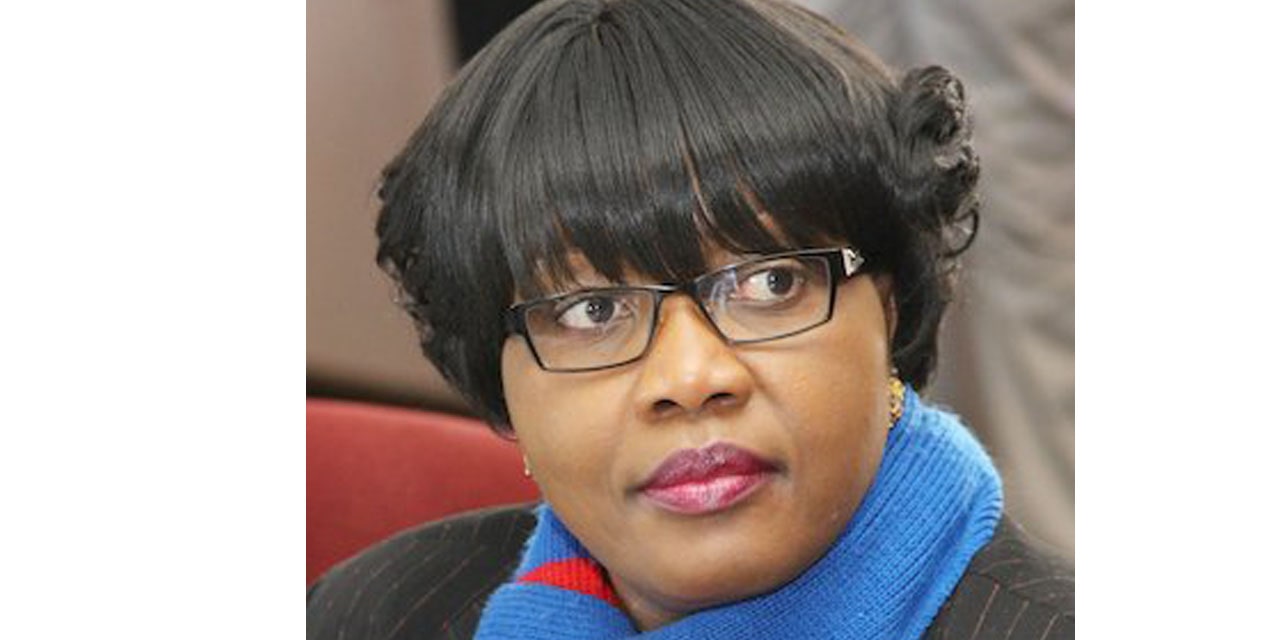Stefanus Nashama
The Prime Minister of the Republic of Namibia, Saara Kuugongelwa-Amadhila has retaliated to public criticisms, clarifying the statement she made at the United Nations Water Conference on the high percentage of access to potable water in Namibia.
She said the high percentages she presented, are based on official data from approved sources and are not determined on an ad-hoc basis by the Office of the Prime Minister.
Kuugongelwa-Amadhila added that the ministry responsible for water, based on official data, confirms the cited water access levels.
The Prime Minister, in her speech to the UN congress last week stated that: “Statistics show about 97 percent of citizens in urban areas have access to potable water, while in rural populations, the figure stands at 87 percent.”
To support the Prime Minister, the Ministry of Agriculture, Water and Land Reform released a statement indicating that the current (2022) figure of 97 percent of the urban population having access to drinking water is based on having access to an improved water source that is accessible inside their property yards, available when needed and meeting national drinking water quality standards.
The statement also shows that the remaining 3 percent refers to peri-urban dwellers who collect water from a common improved water source, which is available within the shortest walking distance of less than 1 kilometre and time (5 minutes).
The statement further indicates that 87 percent of the rural population have access to an improved drinking water source, such as piped water, boreholes, protected hand-dug wells and water tanker services; all these are within a walking distance of 1- 2.5 kilometres and the collection time is not more than 30 minutes round trip, including queuing.
The statement says the remaining 13 percent are those rural populations, who still have limited access to water and depend on drinking water from an improved source.
This is at a distance of more than 2.5 kilometres for which collection time exceeds 30 minutes for a roundtrip and or collect drinking water from an unprotected dug well, earth dam or directly from a river, untreated.
On Wednesday, the Prime Minster simplified her statement saying that: “firstly, access to water is determined based on the definition as contained in the approved government policy.”
The Minister of Agriculture, Water and Land Reform, Calle Schlettwein explained that access to potable water means, the proportion of the Namibia population that is using an improved drinking water source, such as piped water, boreholes, protected hand-dug wells and water tanker services.
On Tuesday, The Indipendence Patriot for Change (IPC) National Spokesperson Immanuel Nashinge noted that it seems to have become Namibian custom for leaders to go outside the country and present lies simply because they want to impress their fellows in leadership positions.
However, Kuugongelwa-Amadhila said she mentioned the figure at the UN Water Conference because the National Vision 2030 and Sustainable Development Goals (SDG6) aimed at ensuring access to water by all citizens by 2030.
“This will enable us to fast-track implementation towards 100 percent access to water,” the Prime Minister stressed.
She also explained that access to water resources by the Namibian population is dynamic and is dependent on the availability of information, adding that the figures presented reflect the recent status as per official data, as confirmed by the Ministry of Agriculture Water and Land Reform in a statement by the minister responsible for water.
Nashinge also said there are many instances in Namibia where you find people walking long distances to fetch water.
The Prime Minister clarified that the government has set itself to limit the distance to be travelled to fetch potable water to 2.5 kilometres, initially, as cited in a statement by the Ministry of Agriculture, Water and Land Reform.
“In pursuit to meet SDG6 by 2030, the government has been investing in improving access to water resources in rural areas,” Kuugongelwa-Amadhila explained.
However, Kuugongelwa-Amadhila admitted that it is a fact some Namibians still travel long distances to access potable water sources, but the government continues to pursue efforts towards achieving the set target of 100% access to potable water.
Nashinge has also criticised that many people want to farm but do not have access to water. The Prime Minister indicated that the government has recognized the importance of increasing access to water for agricultural development.
She added the government has been gradually investing in increasing access to water for agricultural purposes, in line with its mandate to improve food security and agricultural sustainability.
“The government is pursuing a number of cooperation programs with various stakeholders aimed at increasing access to water for agricultural development,” Kuugongelwa-Amadhila responded.
Tuesday, Popular Democratic Movement (PDM) Secretary-General Manuel Ngaringombe criticised the Prime Minister’s statement, asking why crocodiles are killing people in Kavango communities if there is a high percentage of access to potable water.
In response, Kuugonelwa-Amadhila said the government is aware of the challenges facing the communities living along the rivers, adding that the government is currently implementing water provision projects in those areas to provide the communities with potable water.
She also indicated that the government is finding possible modalities on how access to water can be made more affordable, especially in rural communities.




